The one question we get asked more than any other is “What causes dog separation anxiety?” And while there are many answers to this complex and tricky issue, it remains important for us know that some dogs may suffer from what seems like an inability being apart form their owners. In today’s post I will clear up the different types of anxieties in pets–their symptoms, how they differ from regular fears/anxiety disorders that humans experience on occasion (like stage fright), plus provide tips for creating a own calm space so you and your pet can better relax!
Causes of Fear and Anxiety in Dogs
Separation anxiety is a medical condition characterized by the dog’s inability to cope without their person(s). Dogs are pack animals, so it makes sense that they prefer sticking together; however – despite this preference-a dog with separation anxiety will find itself unable to relax when left alone because of three key emotional conditions:
- Fear (which manifests in the body and mind)
- Anxiety stemming from anticipation of what could happen while your gone or separated again.
- Phobia, which is built upon excessive fear.
- History of abandonment, having multiple owners over time, being rehomed or neglected; can all perpetuate anxious behaviors.
How Do I Know When My Dog Is Feeling Anxiety?
The first step in helping your dog overcome separation anxiety is to understand the problem. Remember, dog's are pack animals by nature and are not used to being left alone. This is why separation anxiety occurs when a dog is separated from their owner, and it can manifest in different ways.
- Barking uncontrollably
- Whimpering/Crying
- Pacing
- Attempting to escape
- Destroying (problem chewing)
Separation anxiety is a real issue for dogs and it can be tough to watch them suffer. But don't worry, there are steps you can follow to help your dog cope while your away from home.
How Can I Help My Dog Cope With Anxiety?
You may want to discuss options with a veterinarian to see if anti-anxiety medication is necessary. However, we suggest trying out some of the below options that are effective tools to reduce anxiety in dogs.
Tough Anxiety Calming Dog Toy
Use a durable treat dispenser like this one to help with keeping them busy and reduce problem chewing as well. A toy like this can keep them busy and happy for hours! We have many different shapes and sizes, so you can easily find one that works best for you!

Pet Monitoring Camera
Introduce a quality camera with two-way audio so you can talk to and hear your dog while your away from home! This can prove to be an incredibly effective way of reducing anxiety and making them feel like you haven't completely left. It's also a wonderful idea for just about any owner, so that you can feel good knowing they are safe!
- Two way audio
- HD 1080P
- Watch and talk in Realtime using the connected mobile app

Enrichment Lick Mats for Anxiety
Relinquish your dogs anxious feelings with a natural remedy. Dog's love to lick and it's not for any plain reason. They get a sense of stimulation and anxiety relief from licking. It can promote the release of endorphins in the brain and help to reduce anxious feelings.
- Relief anxiety naturally
- Promote the release of endorphins
- Melt away anxiety
- Slow down fast eaters
Strategies for Separation Anxiety in Dogs
Separation anxiety can become a real challenge if not nipped early on. Try using some proven methods of reducing anxiety in dogs so that you and your furry friend can be comfortable.
Help them get used to being alone:
If you've never left your dog alone before, they're going to need some time to get used to it. Start by leaving them alone for short periods of time like 10 minutes. Then gradually increase the amount of time your leaving them along. Make sure you always leave on a positive note so they associate being alone with good things happening.
This is exposure therapy and by exposing them to being alone more and more, you are building a resilience that they can use to understand that it isn't so bad to be at home alone.
Depending on age and intensity, your treatment plan may start with small increments like building comfort with you approaching the door, reaching the door, and getting to the other side of the door.
Designating a safe space (with as much space as possible):
One of the best ways to help your dog cope with separation anxiety is to create a safe space for them. This could be a crate or a small room where they feel comfortable and can relax. Put their favorite toys in the space and make sure it’s quiet and calm. This will be their safe place to go when you leave them alone.
Chewing & Treat Dispensing Toys (Calming Aid)
By introducing a tough treat dispensing toy that you can trust won't break into pieces and can dispense treats while they play, you can ensure that they will be busy and happy for hours!
Creating consistent interactions:
All members of your household and any other supports (doggy daycare workers, for example) should try to interact and react to your dog in the same way day to day. That way they can become settled knowing that they don’t need to expect something different.
Teaching your dog to settle through relaxation training:
Every dog is different, but you may find that relaxing music for dogs will do the trick!
Your vet may prescribe certain anti-anxiety medications and additional help may also come from things like calm diets, CBD, Adaptil pheromones, zylkene, or anxitane.
Regular Exercise
Regular exercise is essential for maintaining your dog's physical and mental well-being. Physical activity helps reduce stress and anxiety by releasing endorphins, the body's natural feel-good chemicals.
Behavioral Training
Working with a professional trainer or behaviorist can help address underlying behavioral issues that contribute to your dog's anxiety. Positive reinforcement training techniques can help modify your dog's behavior and build their confidence.
Avoid Triggers
Identify and avoid triggers that cause anxiety in your dog whenever possible. Whether it's loud noises, unfamiliar environments, or certain people or animals, minimizing exposure to these triggers can help reduce your dog's stress levels.
By implementing these proven strategies, you can help alleviate your dog's anxiety and improve their overall quality of life. Remember to be patient and consistent in your efforts to support your furry companion's emotional well-being.
Music Therapy
Music therapy has been proven to be beneficial for both humans, as well as our canine and feline friends. Music can be calming and relaxing while you’re home, in the car, or away from your pet. Music can also alleviate noise sensitivity by blocking the street or scary noises that bother some dogs and create anxiety.
Studies indicate that numerous canines have a preference for classical music. Harp music, commonly utilized in hospice settings, may serve as a natural sedative. Consider trying:
- Through A Dog’s Ear by pianist Lisa Spector and psychoacoustics researcher Joshua Leeds
- Noah’s Harp: Surrender by Susan Raimond
Which Dog Breeds Are Most Prone To Separation Anxiety?
Profound fear (also called idiopathic fear) has been noted in certain dog breeds, including:
- Siberian Husky
- German Shorthaired Pointer
- Greyhound
- Chesapeake Bay Retriever
- Bernese Mountain Dog
- Great Pyrenees
- Border Collie
- Standard Poodle
- among others.
Recap: Separation Anxiety in Dogs and Strategies to Help Them Cope
In wrapping up today's deep dive into the world of dog separation anxiety, we've explored its causes, identified the signs, and shared a comprehensive toolkit to ease your furry friend's distress. Understanding that separation anxiety stems from a dog's natural pack instincts and can be exacerbated by factors like past abandonment or lack of consistent socialization, equips us with the knowledge to approach this challenge with empathy and patience.
The journey towards mitigating your dog's anxiety is a testament to the depth of your bond and the commitment you have to their well-being. From creating a safe, calm space that serves as their sanctuary, to integrating toys and tools designed to comfort and entertain, each strategy is a step towards a more peaceful existence for your pet. The importance of regular exercise and the potential of music therapy cannot be overstated, as these elements contribute significantly to their overall quality of life.
As we've discussed, the approach to addressing separation anxiety is multifaceted, encompassing everything from behavioral training to potentially consulting with your veterinarian about medication for more severe cases. The key is consistency, patience, and a whole lot of love.
Remember, while certain breeds may be more predisposed to separation anxiety, this condition does not discriminate. It's a challenge that many pet parents face, but with the right knowledge and resources, it's one that can be overcome. Your commitment to understanding and alleviating your dog's anxiety not only enhances their life but also deepens the unbreakable bond you share.
So, let's continue to support our canine companions with the compassion and dedication they deserve, ensuring they feel loved, secure, and calm, even in our absence. After all, the heart of a happy home beats in the paws of our furry friends, and it's our duty to ensure it beats with joy and peace. Here's to happier days ahead for you and your four-legged family members!

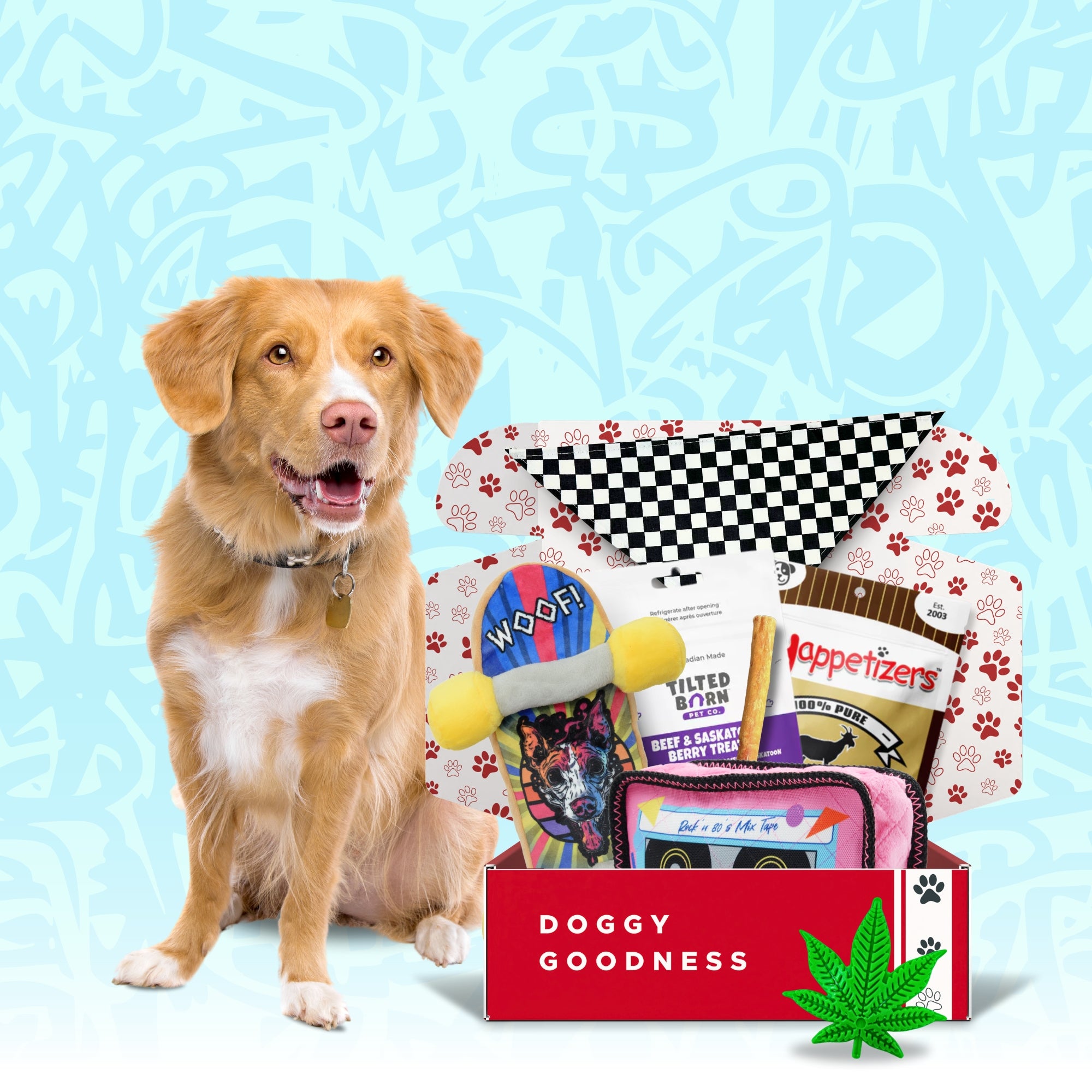
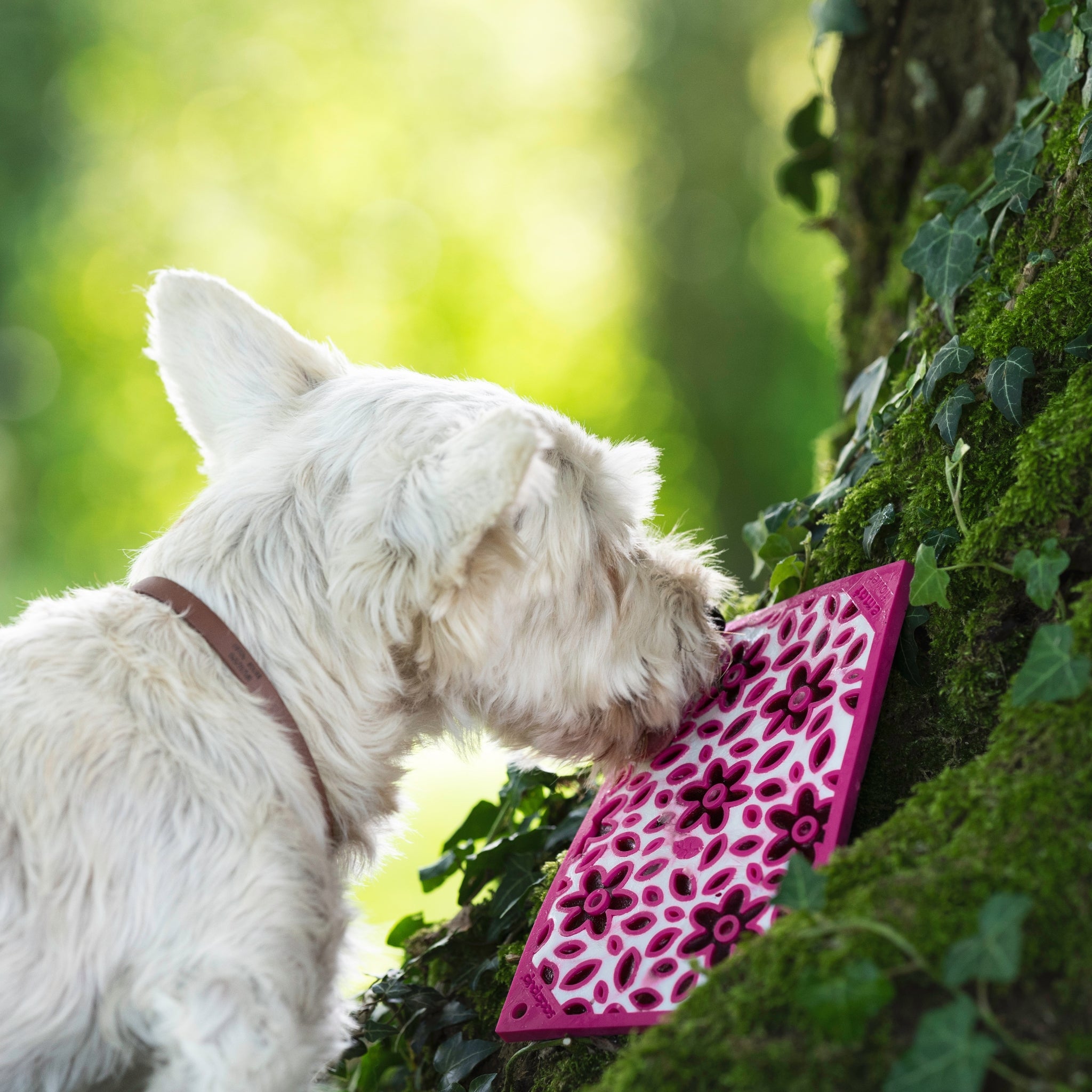
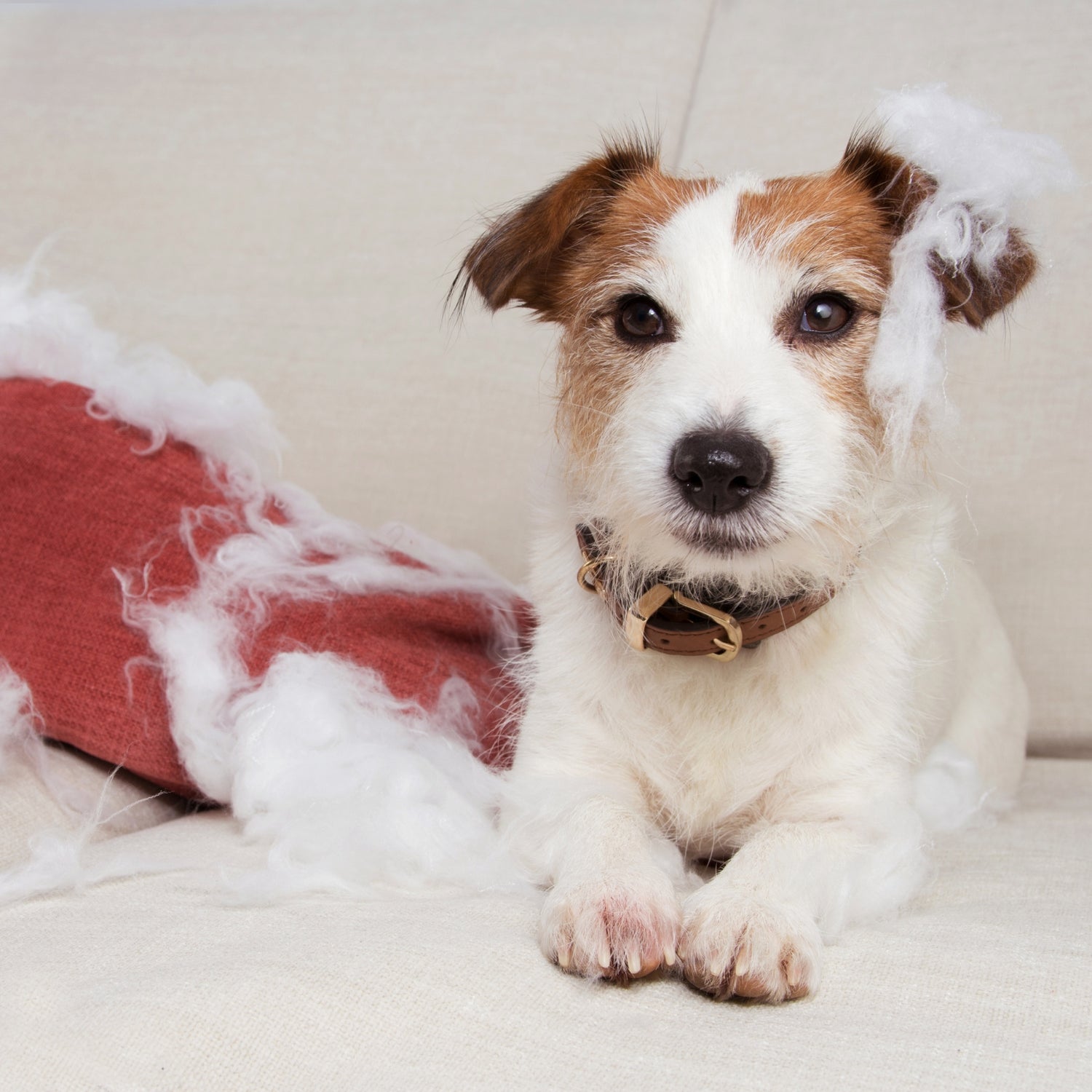




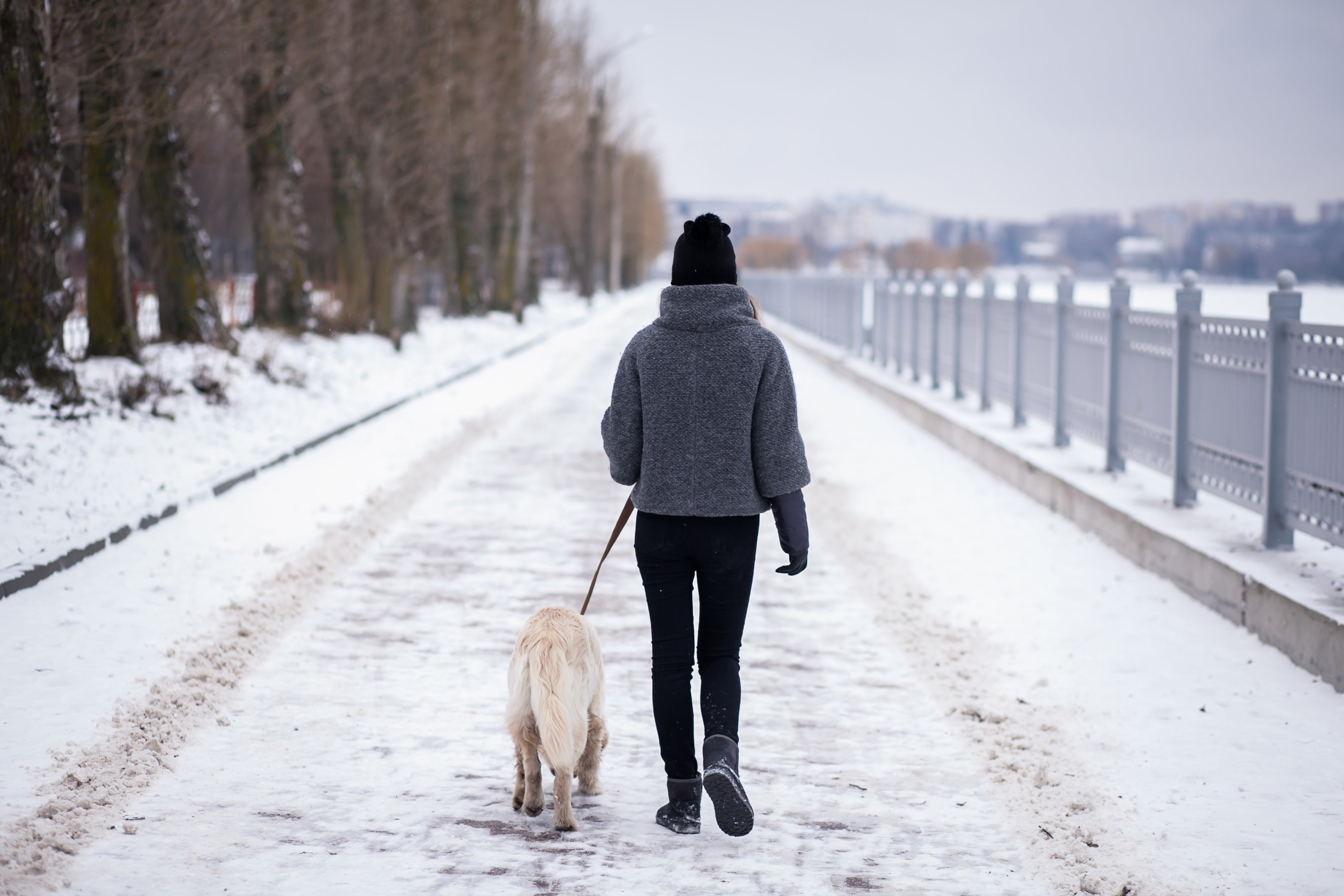
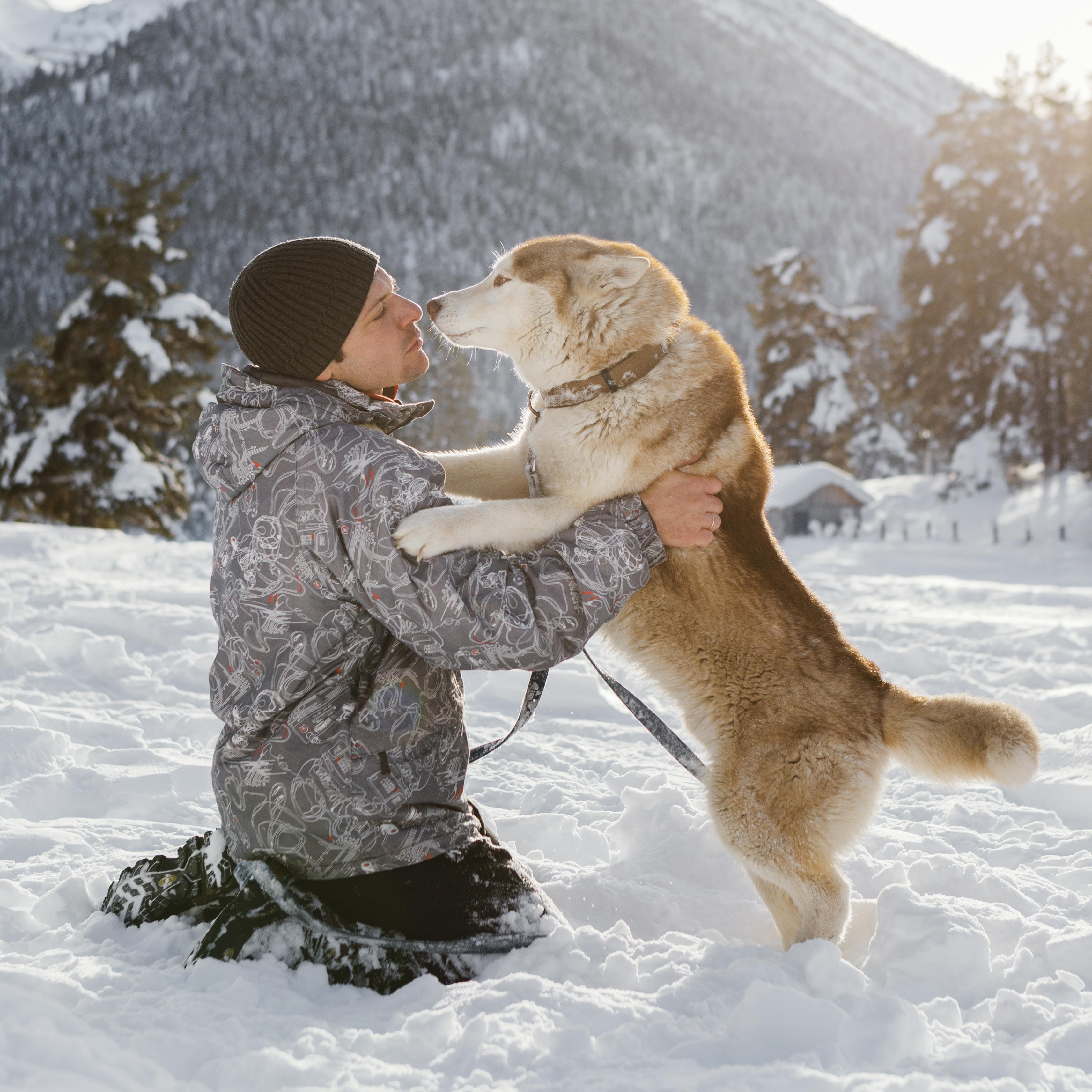
Leave a comment
All comments are moderated before being published.
This site is protected by hCaptcha and the hCaptcha Privacy Policy and Terms of Service apply.